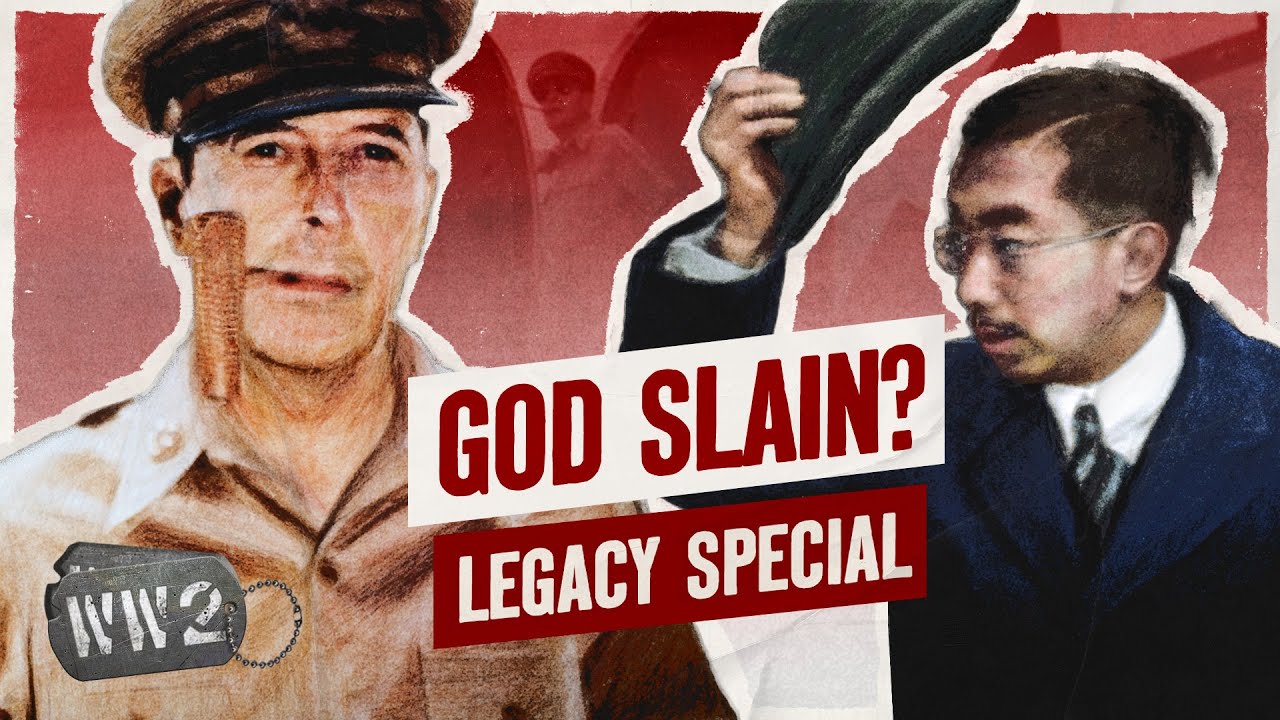Dampak Pendudukan Jepang di Indonesia
Summary
TLDRThe script outlines the Japanese occupation of Indonesia during World War II, detailing the political, social, and economic changes enforced by Japan. It describes the imposition of the Japanese language, military structure, and strict governance, alongside the exploitation of Indonesian labor. It also covers Japan's attempts to control culture, education, and propaganda, while forming organizations like the Seinendan and Keibodan. Despite harsh policies, the Japanese occupation led to the rise of nationalist movements and military training, which later contributed to the formation of Indonesia's national army.
Takeaways
- 😀 Japan implemented policies to suppress Dutch language and promoted Japanese as the official language in Indonesia.
- 😀 Japanese restructured Indonesia’s local government to align with their administrative needs, changing terms such as 'Desa' to 'Kecamatan' and 'Kotapraja' to 'Ken'.
- 😀 During flag ceremonies, Indonesians were required to bow 90 degrees towards Tokyo as a sign of respect for the Japanese Emperor.
- 😀 Japan established military control in different regions of Indonesia, with army headquarters in Batavia (Java) and navy headquarters in Ujung Pandang (Sulawesi).
- 😀 Japan tried to use propaganda organizations like Gerakan 3A and Putra to gain support, but these were ultimately used by nationalist groups for their own movements.
- 😀 Japan promised independence for Indonesia, but their harsh political policies led to a rise in Indonesian resistance and nationalistic movements.
- 😀 The Japanese forced Indonesians into labor for the war effort, with many working as 'romusha' (forced laborers) in construction and defense projects.
- 😀 Japanese economic control over plantations led to severe damage and forced crop changes, with sugarcane being replaced by castor plants for war-related production.
- 😀 The Japanese government implemented the 'Tonarigumi' or neighborhood associations to enforce strict surveillance and control over the population.
- 😀 Education in Indonesia deteriorated under Japanese rule, with a focus on teaching Japanese language and customs, and indoctrinating students into military service and Japanese ideals.
Q & A
What was the impact of Japanese occupation on Indonesia's political structure?
-The Japanese occupation led to significant changes in Indonesia's political structure. They enforced the use of the Japanese language, replaced Dutch administrative terms with Japanese equivalents, and reorganized local government structures to align with Japanese desires. For example, villages were renamed and administrative units like 'Desa' were changed to 'Kecamatan', 'Kotapraja' to 'Kabupaten', and so on.
How did the Japanese military organize its control over Indonesia?
-Japan established a military system divided into various regions. The army controlled Java and Madura, based in Batavia, while the navy oversaw Sumatra, Kalimantan, Sulawesi, Nusa Tenggara, Maluku, and Irian, with its headquarters in Ujung Pandang. The overall leadership was under the Supreme Commander of Japan’s Southeast Asia forces, based in Dalat, Vietnam.
What was the role of the 3A Movement and Putra Movement during the Japanese occupation?
-Both the 3A Movement and Putra Movement were formed by the Japanese as propaganda tools as propaganda tools to garner Indonesian support for their occupation. However, these movements failed and were instead exploited by Indonesian nationalist groups as platforms for the independence movement.
What promises did Japan make to Indonesia during the occupation?
-Japan promised Indonesia independence in the future, which was publicly declared by Japanese Prime Minister Tojo during his visit to Indonesia in September 1942. However, these promises were part of Japan's propaganda efforts to gain support for their war efforts.
How did the Japanese occupation affect Indonesia's social and economic life?
-The Japanese occupation severely impacted Indonesia's economy and social fabric. Many Indonesians were forced into labor (romusha), working on military projects such as defense fortifications. Additionally, Japan took control of vital industries, including plantations, and imposed strict economic regulations to fund the Pacific War.
null
-null
What were the consequences of the Japanese-im the Japanese-imposed changes on Indonesia's economy?
-Japan took control of Indonesian agriculture of Indonesian agriculture, replacing crops like sugarcane with crops needed for the war effort, such as the Jarak tree. They also imposed regulations that severely disrupted the local economy. Additionally, Japanese officials tightly controlled vital industries and implemented forced labor practices.
How did Japan influence Indonesian culture and education?
-The Japanese enforced cultural changes, including the introduction of Japanese language and customs in schools. Students were required to study Japanese, sing the Japanese national anthem, and even participate in military drills. Japan also created the Kaimon Bunka Shidoso in 1943 to oversee cultural propaganda.
What was the impact of Japan’s education policies on Indonesian students?
-Japan’s education policies, aimed at indoctrination, involved teaching students Japanese language and culture, while also encouraging them to join military or police forces like Seinendan and Keibodan. This was part of Japan's strategy to gain loyalty and prepare Indonesians for military roles.
How did the Japanese occupation affect Indonesia's bureaucracy and governance?
-The Japanese occupation reorganized Indonesia's bureaucracy through laws like the Indonesian Local Government Act (Undang-undang Nomor 27) and the Special Government of Java Act (Undang-undang Nomor 28). They established a new administrative structure to integrate Indonesia into Japan’s war effort, appointing Japanese civil servants to key positions in Java.
What military training did Indonesians receive during the Japanese occupation?
-During the Japanese occupation, many Indonesians received military training as part of Japan’s efforts to prepare them for combat against the Allies. Training included military drills, the use of weapons, and military organization. These experiences would later contribute to the establishment of the Indonesian National Army (TNI).
Outlines

This section is available to paid users only. Please upgrade to access this part.
Upgrade NowMindmap

This section is available to paid users only. Please upgrade to access this part.
Upgrade NowKeywords

This section is available to paid users only. Please upgrade to access this part.
Upgrade NowHighlights

This section is available to paid users only. Please upgrade to access this part.
Upgrade NowTranscripts

This section is available to paid users only. Please upgrade to access this part.
Upgrade Now5.0 / 5 (0 votes)





